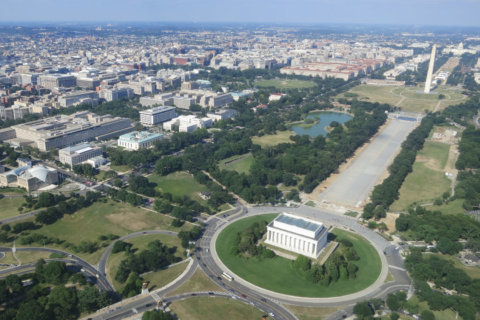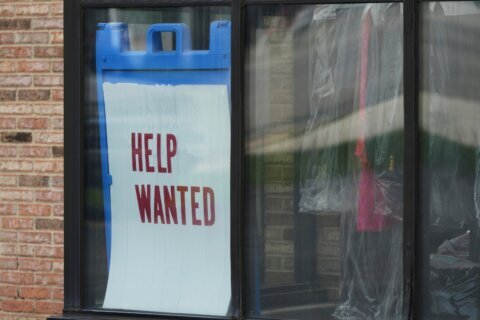The share of workers back in their offices is still relatively low, hovering around 40% of pre-pandemic levels across the D.C. metro area, but it might look like there are more office workers back in those buildings.
Commercial real estate firm JLL’s May Market Pulse report notes that weekday foot traffic in major office corridors throughout the D.C. metro is now at 71% of pre-pandemic levels. That is a new peak in weekday foot traffic.
If office buildings still aren’t bustling with workers, why are surrounding areas seeing more people?
“D.C. residents are working from home, but may be using the retail on the streets, coffee shops, lunch options, etc., and then going back into their apartments to work that day,” said JLL’s Michael Hartnett, senior director of research and strategy at JLL.
Another phenomenon noted in JLL’s report is that weekday vehicle trips throughout the D.C. metro now exceed pre-pandemic levels, by 20%. For those who’ve returned to the office, that may be explained by the recent problems with Metro.
“One of the reasons for the uptick in driving has been really the lack of back to normal when it comes to Metro. Driving has really accelerated because it is the preferred choice of commuting right now rather than taking Metro,” Hartnett said.
JLL notes the return-to-the-office trend in the D.C. region has been “inside out,” meaning it is higher in the suburbs. As an example, Hartnett points to all of the defense contractors in Northern Virginia.
“They work in highly secured office space that requires them to be physically be there to perform their duties. And then in the suburban Maryland side of the market, there is a high concentration of lab or life sciences users who are also required to be there,” he said.
JLL also notes the federal government will be a driver in more private sector companies bringing back their employees, with an emphasis on the consulting and contracting industries.
As of now, 15 federal agencies have established office re-entry plans.








